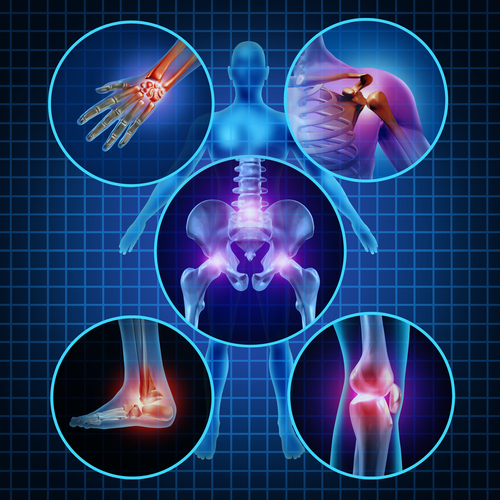
5 Cool Facts About The Human Body
When you enroll in City College’s Surgical Tech program, you’ll study human anatomy and physiology. There’s a lot to learn, but for many students it’s one of the most interesting parts of the program. Here are just a few examples of why there are few things on Earth cooler than the human body.
1. All of us started as a single cell.
Before you became the complex living machine that you are today, you were, for a brief time, a single cell. When an egg cell is fertilized, the result is a zygote — a single cell. The zygote will quickly start the process of cleavage, or dividing, until eventually it’s a fetus. But everything starts from that one cell.
2. Your digestive tract could be 30 feet long.
The human digestive tract, or alimentary canal, starts where the food goes in and ends where waste comes out. In between there is an incredibly complex system of organs and tubes that remove nutrients from food and expel waste. If you were to see it laid end-to-end (not that you’d really want to) the whole thing could be 10 yards long. The longest part would be the small intestine, which itself could be 20 feet long.
3. You have a tailbone.
At the very bottom of your spine is a structure called the coccyx — or tailbone. It is quite possibly the vestigial that remains of the tails of our ancient simian ancestors. The coccyx isn’t something you ever really have to think about, but injuries to the coccyx are not uncommon. But on very rare occasions, humans have been born with actual tails!
4. The hardest-working organ? Your heart.
The heart is one of the more fascinating parts of our bodies. Of course it’s the legendary seat of human emotion. And it’s arguably the James Brown of organs. The average heart beats around 100,000 times a day — perhaps 35 million times a year! According to a PBS website, “during an average lifetime, the human heart will beat more than 2.5 billion times.”
5. Human beings glow in the dark.
You’ve likely heard of bioluminescence, when living creatures produce their own light. Fireflies are bioluminescent, of course, as well as many species of fish, fungi and bacteria. Guess what? So are you. Maybe not enough to help you find your keys in the dark — you can’t detect it with the naked eye — but human beings do emit tiny amounts of light. Japanese studies have shown that the light emitted by people peaks in late afternoon, and quite sensibly is lowest at night.
Ready to learn more about the human body?
Call City College today at 1(866) 314-5681 and learn more about your new career as a Surgical Tech! With convenient locations and Financial Aid available for those who qualify. Don’t put off your new career any longer and contact us today!
RELATED ARTICLE :
RECENT POSTS
- Discover the Potential of a Healthcare Career: Your Path to Making a Difference 22nd August, 2023
- Embarking on a Rewarding Journey: Why You Should Consider a Career in Nursing 14th August, 2023
- 8 Signs a Healthcare Career is the Right Path for You 17th May, 2023
- Risk of Radiation in Radiography (X-Ray) 26th April, 2023
- EMS, EMT, & Paramedic: Career Differences Explained 15th February, 2023
- Mass Casualty Incident Drill with the Central Florida Disaster Medical Coalition 10th May, 2022
- Broward Sherriff's Office EMS Fire Cadet Presentations 25th January, 2022
- Veteran's Day 2021 12th November, 2021
- City College Celebrates Constitution Day! 17th September, 2021
- EMS 20th January, 2020


